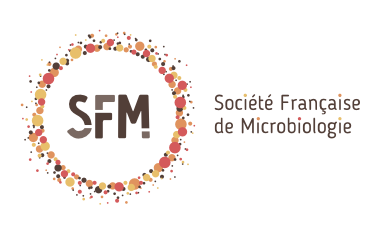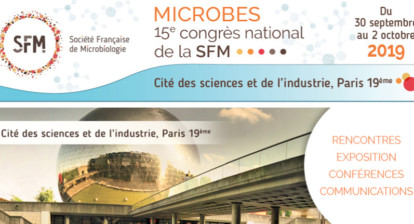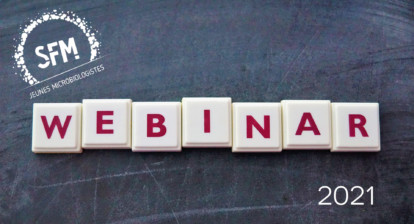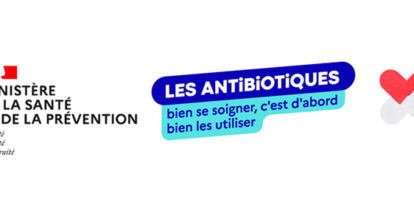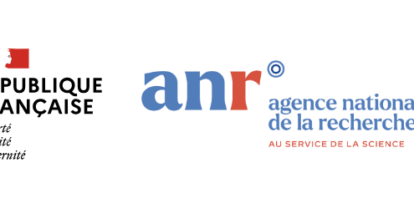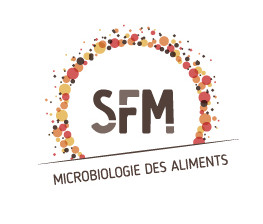Epidemiological and clinical insights from SARS-CoV-2 RT-PCR crossing threshold values, France, January to November 2020
Samuel Alizon1,2, Christian Selinger1,* , Mircea T Sofonea1,* , Stéphanie Haim-Boukobza3 , Jean-Marc Giannoli4 , Laetitia Ninove5 , Sylvie Pillet6,7 , Vincent Thibault8, Alexis de Rougemont9,10 , Camille Tumiotto11 , Morgane Solis12 , Robin Stephan13 , Céline Bressollette-Bodin14 , Maud Salmona15 , Anne-Sophie L’Honneur16 , Sylvie Behillil17 , Caroline Lefeuvre18,19 , Julia Dina20 , Sébastien Hantz21,22 , Cédric Hartard23 , David Veyer24 , Héloïse M Delagrèverie25 , Slim Fourati26 , Benoît Visseaux27 ,Cécile Henquell28 , Bruno Lina29 , Vincent Foulongne30 , Sonia Burrel31 , on behalf of the SFM COVID-19 study group32
View Affiliations
1. MIVEGEC, CNRS, IRD, Université de Montpellier, France
2. Center for Interdisciplinary Research in Biology (CIRB), College de France, CNRS, INSERM, Université PSL, Paris, France
3. Laboratoire CERBA, Saint-Ouen-L’Aumône, France
4. BIOGROUP, Scientific Direction, Lyon, France
5. Unité des Virus Émergents (UVE: Aix-Marseille Univ-IRD 190-Inserm 1207-IHU Méditerranée Infection), Marseille, France
6. Laboratoire des agents infectieux et d’hygiène, CHU de Saint-Etienne, France
7. CIRI, Centre International de Recherche en Infectiologie, GIMAP team, University of Lyon, University of Saint-Etienne, INSERM, U1111, CNRS UMR5308, ENS de Lyon, UCBL, Lyon, France
8. Laboratoire de Virologie, CHU Rennes, Rennes, France
9. Laboratory of Virology-Serology, University Hospital of Dijon Bourgogne, Dijon, France
10. UMR PAM A 02.102 Procédés Alimentaires et Microbiologiques, Université de Bourgogne Franche-Comté/AgroSup Dijon, Dijon, France
11. University of Bordeaux, CNRS-UMR 5234, CHU Bordeaux, Virology Department, Bordeaux, France
12. CHU de Strasbourg, Laboratoire de Virologie, Strasbourg, France, Université de Strasbourg, INSERM, IRM UMR_S 1109, Strasbourg, France
13. Laboratoire de Microbiologie, CHU Nîmes, Nîmes, France
14. CHU Nantes, Nantes Université, Service de Virologie, Nantes, France
15. 15 Laboratoire de Virologie, Hôpital Saint Louis, APHP, INSERM U976, équipe INSIGHT, Université de Paris, Paris, France
16. Assistance Publique-Hôpitaux de Paris, Hôpital Cochin, Service de Virologie, Paris, France
17. 17 National Reference Center for Respiratory Viruses, Molecular Genetics of RNA Viruses, UMR 3569 CNRS, University of Paris, Institut Pasteur, Paris, France
18. Département de Biologie des Agents Infectieux, Laboratoire de Virologie, CHU d’Angers, Angers, France
19. Laboratoire HIFIH, UPRES EA 3859, Université d’Angers, Angers, France
20. Laboratoire de Virologie, CHU de Caen, UNICAEN, INSERM U1311 DYNAMICURE, Université de Caen Normandie, Caen, France
21. CHU Limoges, Laboratoire de Bactériologie-Virologie-Hygiène, Limoges, France
22. RESINFIT, U 1092, University of Limoges, Limoges, France
23. Laboratoire de Virologie, CHRU de Nancy Brabois, Vandoeuvre-lès-Nancy, France; Université de Lorraine, CNRS, LCPME, Nancy, France
24. Laboratoire de Virologie, Service de Microbiologie, hôpital européen Georges Pompidou, Assistance Publique-Hôpitaux de Paris et Unité de Génomique
Fonctionnelle des Tumeurs Solides, Centre de Recherche des Cordeliers, INSERM, Université Paris, Paris, France.
25. AP-HP, Hôpital Avicenne, Laboratoire de microbiologie clinique, Bobigny, France
26. Henri Mondor Hospital, virology department, Créteil, France
27. Université de Paris, Inserm, UMR 1137 IAME et Laboratoire de Virologie, Hôpital Bichat Claude Bernard, AP-HP, Paris, France
28. Service de Virologie médicale, 3IHP, CHU Clermont-Ferrand, Clermont-Ferrand, France
29. CNR des virus des infections respiratoires (dont la Grippe), Institut des Agents Infectieux, Hopital de la Croix Rousse, HCL, Lyon, France
30. Pathogenesis and control of chronic and emerging infections, Université de Montpellier, UMR 1058, CHU de Montpellier, Inserm, Université des Antilles,
Montpellier, France
31. Sorbonne Université, INSERM U1136, Institut Pierre Louis d’Epidémiologie et de Santé Publique (IPLESP), AP-HP, Hôpital Pitié-Salpêtrière, Service de Virologie,
Paris, France
32. French Society of Microbiology (SFM), https://www.sfm-microbiologie.org
* These authors contributed equally to this work.
Correspondence: Samuel Alizon (samuel.alizon@cnrs.fr)
Abstract
Background
The COVID-19 pandemic has led to an unprecedented daily use of RT-PCR tests. These tests are interpreted qualitatively for diagnosis, and the relevance of the test result intensity, i.e. the number of quantification cycles (Cq), is debated because of strong potential biases.
Aim
We explored the possibility to use Cq values from SARS-CoV-2 screening tests to better understand the spread of an epidemic and to better understand the biology of the infection.
Methods
We used linear regression models to analyse a large database of 793,479 Cq values from tests performed on more than 2 million samples between 21 January and 30 November 2020, i.e. the first two pandemic waves. We performed time series analysis using autoregressive integrated moving average (ARIMA) models to estimate whether Cq data information improves short-term predictions of epidemiological dynamics.
Results
Although we found that the Cq values varied depending on the testing laboratory or the assay used, we detected strong significant trends associated with patient age, number of days after symptoms onset or the state of the epidemic (the temporal reproduction number) at the time of the test. Furthermore, knowing the quartiles of the Cq distribution greatly reduced the error in predicting the temporal reproduction number of the COVID-19 epidemic.
Conclusion
Our results suggest that Cq values of screening tests performed in the general population generate testable hypotheses and help improve short-term predictions for epidemic surveillance.
